Pear Butter
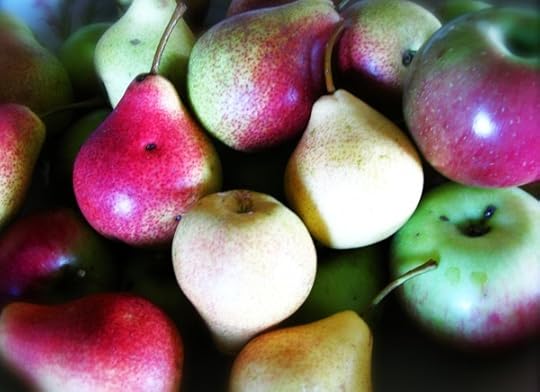

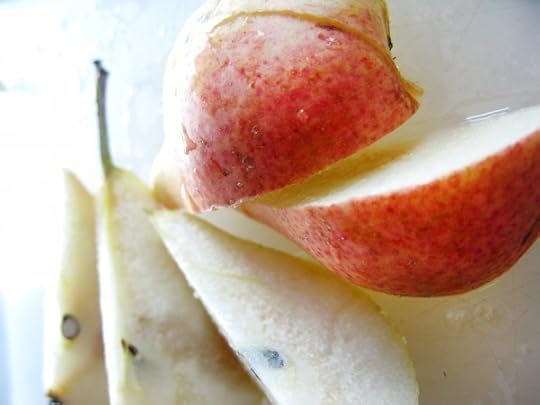

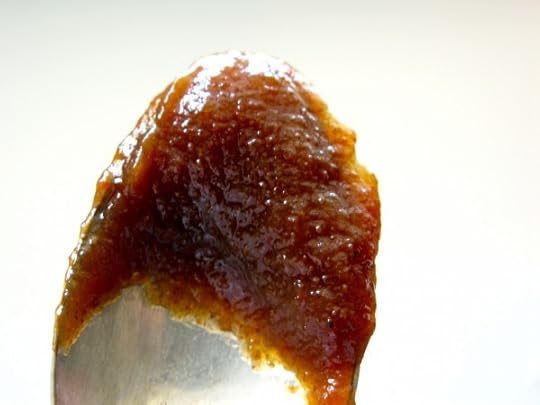
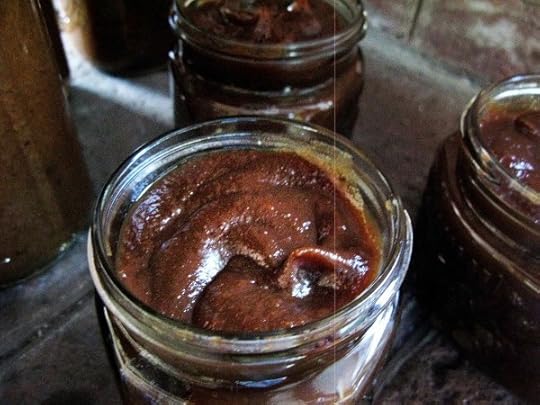
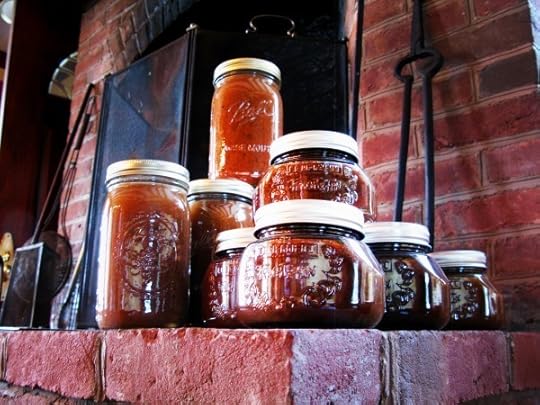
<
>
The reason you won’t find many fruit butters made from summer fruits is because of the length of time it takes to cook. Historically – but equally as true today – a homemaker wouldn’t want to keep kitchen fire going during the hot summer months for the 12 hours or so it takes to reduce fruit sauce into a thick creamy consistency of a butter. And then there’s the additional heat necessary to process and preserve the butters.
Fruit butters are also a terrific alternative to jellies and jams in the winter. Because they’re naturally condensed, there isn’t as much added refined sugar.
Okay, so there’s several reasons to make your own fruit butters…but you really only need one: spiced apple or pear butter on fresh warm bread on a chilly autumn or winter morning is about as close to breakfast heaven as you can get.
The secret to making any fruit butter is patience. The slower the cooking, the more complex the flavors. Ours often takes a day or more to cook down. We also use less spices, because the slow cooking brings up more of the natural caramelized flavor, making too much spice unnecessary.
Beekman 1802 Pear Butter
12 ripe pears, quartered. (stems removed, no need to core or seed.)
1 cup water
1/2 cup brown sugar
1 teaspoon freshly grated nutmeg
2 star anise
Add pears and water to large, thick-bottomed sauce pan. Simmer over low heat for one hour until pears are very soft. Pass mixture through food mill to remove seeds and skins.
Return pear sauce to saucepan, add spices, and allow to barely simmer over lowest possible heat. Stir occasionally. Allow to reduce overnight, or sometimes a full 24 hours. Mixture should be reduced by half, or even two thirds. It will thicken and darken to a caramel-chocolate brown color.
Once fruit butter has reached desired consistency, it can either be refrigerated to be used immediately (up to two weeks,) frozen, or pressure canned according to your canner manufacturers instructions.
Enjoy on fresh bread, in tarts, or as an accompaniment to venison or lamb.



